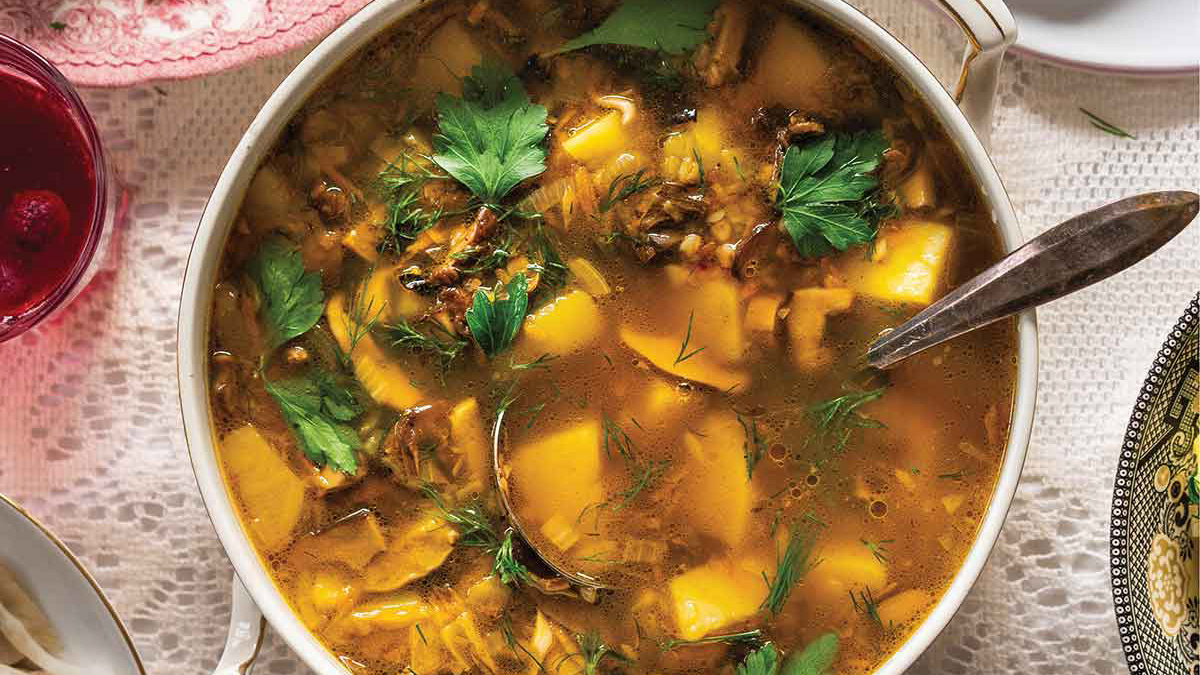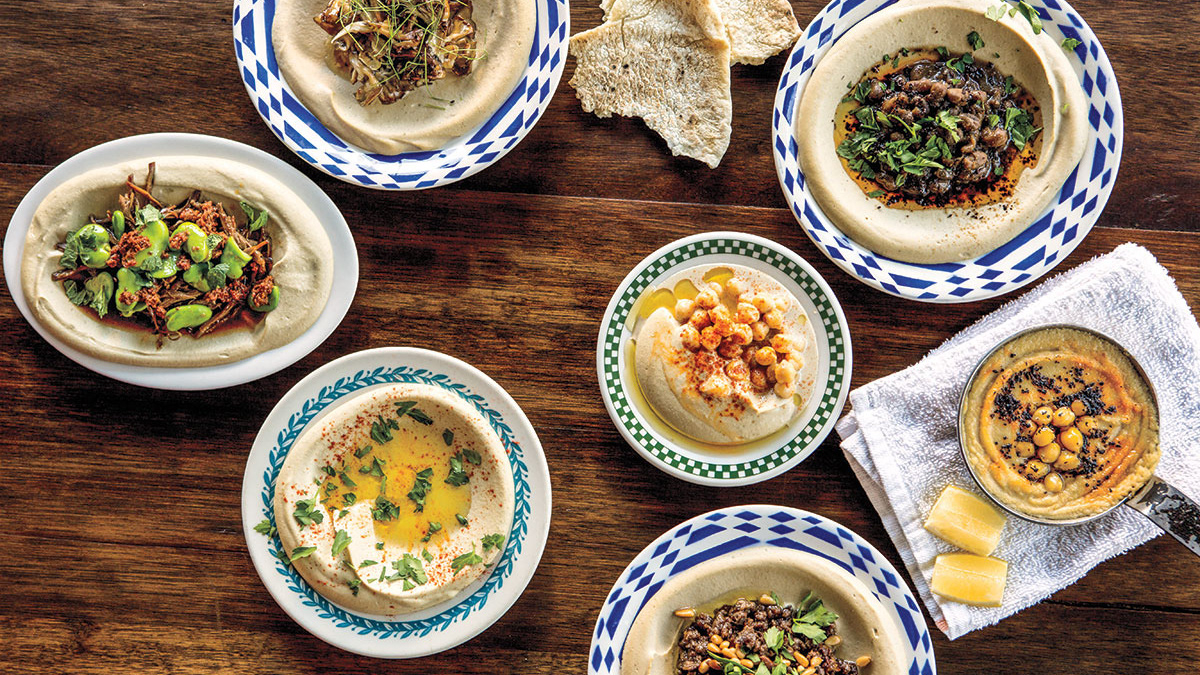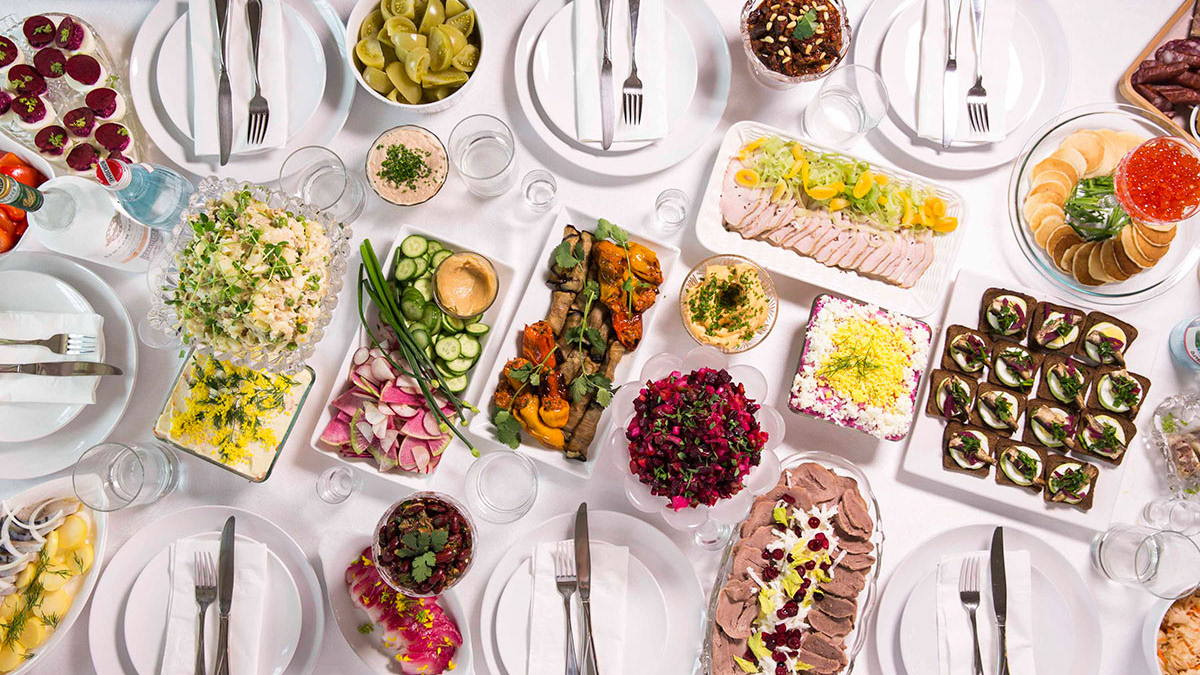PHOTO: Laura Brehaut/Postmedia News; Canoeing on Lake Louise offered a different vantage point, not to mention a bit of exercise before a two-day rail journey.
Laura Brehaut/Postmedia News
Originally published on November 26, 2013; canada.com
Originally published on November 26, 2013; canada.com
‘First Passage to the West’ – the name alone conjures images of historic and treacherous expeditions through the spectacular mountain ranges of Alberta and British Columbia. My journey to Vancouver by rail began in Lake Louise, Alberta, in Banff National Park. The Fairmont Chateau Lake Louise, one of Canada’s grand railway hotels, couldn’t be more perfectly situated on the eastern edge of the glacial lake that gave the hamlet its name.
It was late September and the alpine larch trees were turning from green to gold. Big Beehive (via the Lake Agnes Teahouse trail), Moraine Lake and Larch Valley/Sentinel Pass, all accessible from Lake Louise, are three of several hikes that offer views of the larches. The contrast of the gold, green and turquoise added to the natural beauty, and canoeing on the lake offered a different vantage point, not to mention a bit of exercise before a two-day rail journey.
We boarded the train at the Lake Louise railway station, which opened in 1910. If you’ve seen the 1965 film Doctor Zhivago starring Julie Christie and Omar Sharif, you’ll recognize the wooden station as one from the film. Going east to west on the First Passage to the West route, passengers can board in Calgary, Banff or Lake Louise (a new addition in 2013), spending one night in a Kamloops, BC hotel. As part of the GoldLeaf Service, each of the two days spent on the train included two three-course meals in a bi-level domed coach. Assigned seating and panoramic views are on the upper level, with the dining room and open-air vestibule (perfect for taking photos) on the main level.
To be sure, for the more than 100,000 international guests that travel on the Rocky Mountaineer’s trains each year, the Canadian Rockies are the draw. But Executive Chefs Jean Pierre Guerin and Frédéric Couton want guests to experience what Western Canadian cuisine has to offer as well. As such, the dishes they serve with the help of their 85-employee culinary team are inspired by products from the very regions the trains pass through on their five routes.
Okanagan Valley wines, Chilliwack corn, wild sockeye salmon and Alberta beef short ribs are among the regional products highlighted in the meals served aboard the train. “We are showcasing Canadian cuisine in everything we do on the train,” Guerin says in an interview. “It’s all inspired by the regions; what we have to offer here on the West Coast as well as what’s offered in Alberta like the meats. That’s pretty much what we need to convey to our guests travelling internationally; that there is a regional cuisine in Canada that needs to be promoted.”
The lunch menu changes on each of the two days, and guests can choose from five main courses, including vegetarian and vegan dishes. The breakfast menu, although it doesn’t change, offers five choices as well. Sir Sandford Fleming Benedict (named in honour of the Scottish-born Canadian engineer and inventor) and the GoldLeaf Breakfast (with scrambled eggs, smoked steelhead salmon, kelp caviar and lemon chive crème fraiche) were both satisfying and tasty choices. Since the entirety of each day is spent either sitting or moving to and fro the dining car, the portions are appropriately light.
As we passed sights such as the Spiral Tunnels – completed in 1909 as a solution to the steep grade in Kicking Horse Pass – and Hells Gate, the narrowest point of the Fraser River at 33 metres wide, Rocky Mountaineer Hosts highlighted historical and cultural points of interest, and alerted guests to exceptional photo opportunities. Mobile reception is rare, and even if you’re not the type, you really have no choice but to kick back and relax. This trip is a once in a lifetime experience for many of the international guests on board, and the staff do their best to make it memorable.
“It’s a life journey,” Couton says in an interview on board the train. “Some people have been planning it for 20 years. People are here to discover Canada.” He recalls a conversation he had with guests from England and his sense of pride when they expressed how important it was for them to experience the Canadian Rockies on the Rocky Mountaineer. Even after six years of working aboard the train, Couton is still blown away by the natural surroundings, which informs the work done by the culinary team.
“I don’t know many kitchens in many places that can offer you that,” he says as he gestures to the Black Canyon, passing by outside the train windows. “We’re not always here to be looking outside but that really makes your day. It’s hot, it could be busy, you could be tired but you just go out for two minutes and look around and see a mountain goat or bear or elk. To me, it’s perfect.”
Although the wildlife we saw consisted primarily of spawning salmon (but, surprisingly, no bears feeding on them), Bald Eagles, and Rocky Mountain bighorn sheep, there’s great diversity in the landscape on this route. From the overwhelming scale of the Canadian Rockies, to the striking arid landscape in the Thompson River Valley, to the fertile Fraser River, there’s so much to see. As the train passed the Abbotsford paddies that grow Granville Island sake maker Masa Shiroki’s rice, thoughts turned to Vancouver. The rhythm of rail travel is one I could get used to. With the journey coming to a close, I couldn’t help but think I’d like to stay on and see it all again, but from west to east.
IF YOU GO
Rocky Mountaineer’s First Passage to the West departs three times per week, both eastbound and westbound, from the end of April until the beginning of October.
Visit rockymountaineer.com or call 1.800.665.7245 for more information.
– The author was a guest of Rocky Mountaineer, Fairmont Hotels & Resorts, and Tourism British Columbia, none of which reviewed or approved this article before publication.









